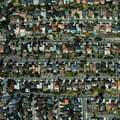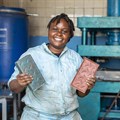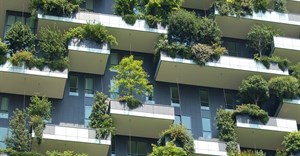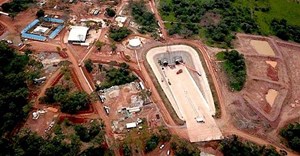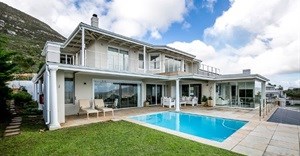
Subscribe & Follow
A return to the kraal - unlocking successful housing post Covid-19
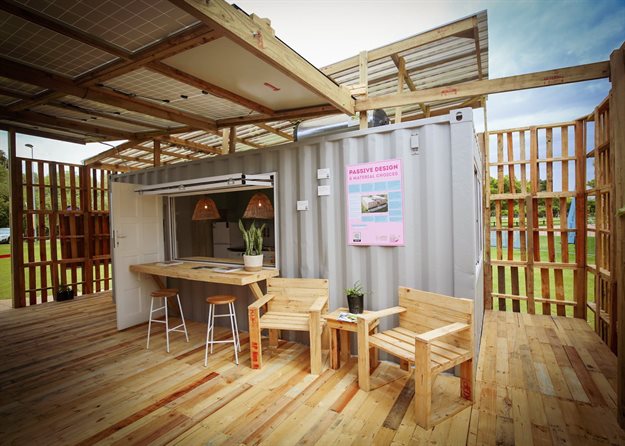
The team also secured second place in the Architecture category at the Solar Decathlon Africa in Morocco just over a year ago. Twenty teams from universities around the world designed, constructed and operated net-zero-energy houses powered purely by the sun. The 18 houses by teams from around the world are now part of an urban living lab at the Iresen Green and Smart Building Park in Ben Guerir, Morocco.
Sharné Bloem, initiator and project leader of Team Mahali and a researcher in the Centre for Complex Systems in Transition at SU, says that their aim is for all new housing to function as net zero carbon: Housing that is distinctly energy efficient and powered by on-site or off-site renewable energy-based generation. This concept could be shared in water and waste systems.
Determined to unlock the future of housing
“The Covid-19 pandemic has put sharply into focus the need to rethink the very definition of housing – all the more so because our living spaces have become our 'offices' too. Covid-19 made us even more determined to unlock the future of housing.
“We were also made acutely aware of the benefits of living with others to combat isolation, depression and as a way of splitting costs and saving,” adds Bloem, an expert in green architecture and sustainable communities.
“The future most probably lies in our ability to thrive in communal spaces that are centred around producing your own food in an inside out space whilst coming together and embracing community living.”
“Central to reimaging housing of the future should be that design teams consist of experts from various disciplines – not only the built environment,” she adds. Covid-19 highlighted the fact that social scientists and philosophers are just as needed in the design of housing and urban landscapes as engineers, architects and builders.
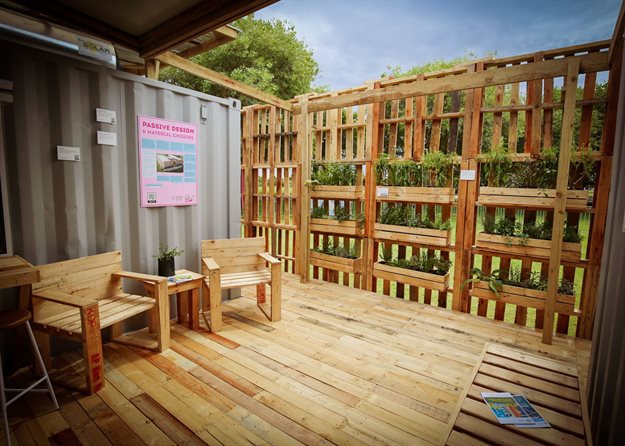
Reimaging the kraal (under the tree)
At the Solar Decathlon Africa, the central water feature of Team Mahali’s entry drew much attention. The water feature also functioned as a rainwater storage facility. “This central water feature was connected to a 2,000 litre ‘water bladder’ which was installed under the deck. The water was then used for the upcycled food garden and washing the solar PV panels,” Bloem explains.
Many features of the house are now topics of further study and research. These include the house being transportable, made pest proof and, importantly, being affordable.
Architect, SU alumnus and Mahali team member Wimbayi Kadzere, says that the Covid-19 pandemic emphasised the importance and effectiveness of space, natural light and ventilation in buildings.
“The configuration of spaces in the Mahali houses around a central courtyard regulates the air and light quality within those spaces and supports reduced energy consumption. Ultimately, it encourages the wellness of occupants without the added costs of mechanical ventilation and lighting,” she says.
Connecting housing, health, well-being
Kadzere further reinforces the intimate connection shared between housing, health and well-being. The layout was based on a traditional courtyard typology. “We might have to go back to this type of housing typically found in many African regions, from dwellings arranged around a central cattle enclosure or ‘kraal’, to the traditional Ashanti dwelling and Moroccan ‘riad’.
“It is commonplace for central courtyards to be oriented around a central water feature. This results in both bioclimatic control and aesthetic purposes,” says Kadzere.
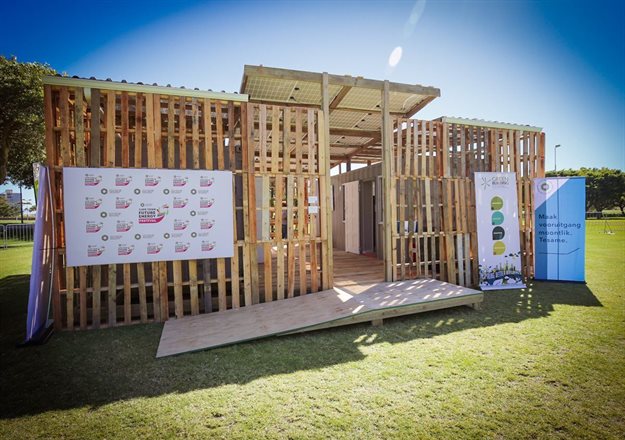
Nature-inspired design concept
Echoing Kadzere, Bloem says the main design inspiration of both the houses in Benguerir and Cape Town was to design something that could represent a tree – apt for our continent. “We hide from the warm African sun under it, we transfer knowledge and stories under it. We even gather to celebrate life under it. A tree in itself is also not just providing shade, but also generates energy through the leaves and has a sophisticated water system inside and out to stay alive. This was our nature-inspired design concept. With the shade over, the solar PV integrated into this structure over and harvesting rain-water into a central point.
“The courtyard typology was complementary to our tree concept and can also facilitate a passive cooling effect. Although this in itself is not a new design concept, we have somehow loosened our ties to this type of housing layout. If you consider the Moroccan riad, for instance, the water body in the centre contributes to a cooling breeze. In the case of both the Mahali competition designs, our courtyard had raised and permeable decking where ventilation could cool down the house.”
Criticism
On typical criticism that houses built by using mostly recycled materials are somehow of lesser value, Bloem says that this is a misconception. “There are enough examples out there to prove the contrary. The Lynedoch Ecovillage, adjacent to Stellenbosch’s Sustainability Institute, is most definitely a key inspiration to our endeavours. Many of the houses in this community were built with recycled and reclaimed bricks – and they are strong and beautiful.”
Going forward
Inspirational to the team, says Bloem, is that four South African cities (Ethekwini, Tshwane and the Cities of Johannesburg and Cape Town) have recently joined the C40 Cities Net Zero Carbon by 2050 initiative. The aim is to reach net zero carbon for all new buildings by 2030 and all buildings by 2050. “This in itself gives our team the edge on this topic and we are hoping to partner with local government and partners to explore this journey together.”
Importantly, Bloem adds, is that the team also has a social impact focus – giving back to communities with fewer economic resources. “We are, for example, partnering with a local social entrepreneur, Mr Songo Fipaza from Kayamandi in Stellenbosch to design and help him build a swimming pool for the children of Kayamandi to learn how to swim.”
Current research topics for Bloem and her co-researchers include delving deeper into upcycling, the disruptive nature of net zero carbon and the place of technology.
The Mahali HUB will be on display in Greenpoint Park in Cape Town until 14 March. Take a virtual tour here.






